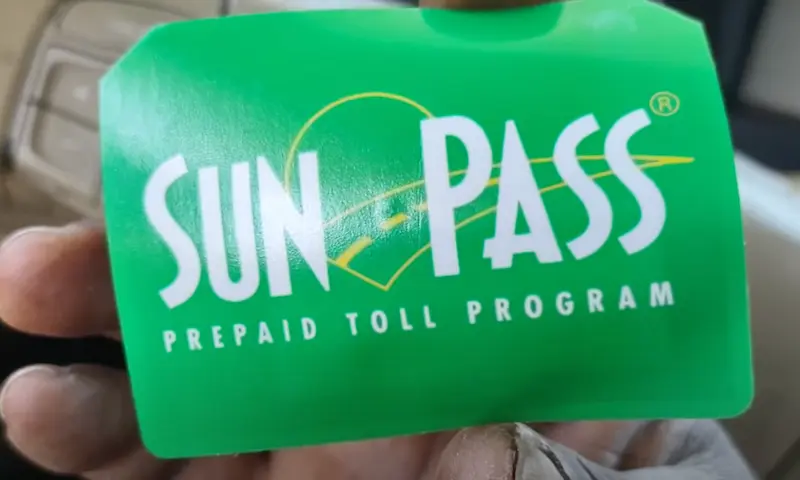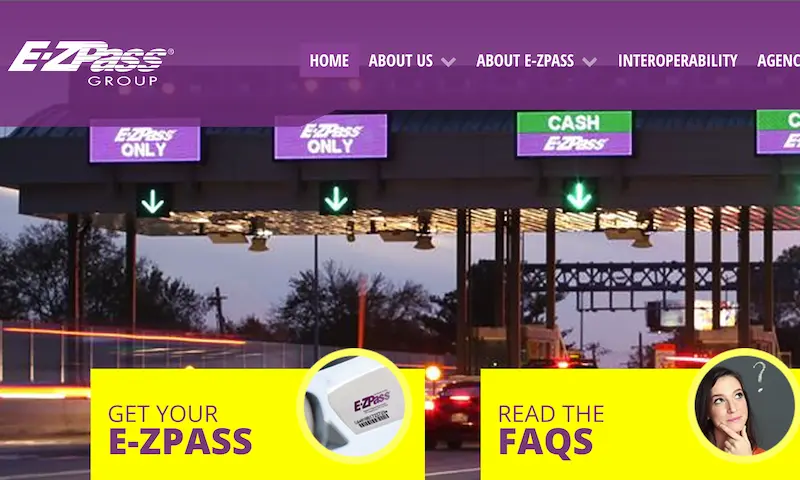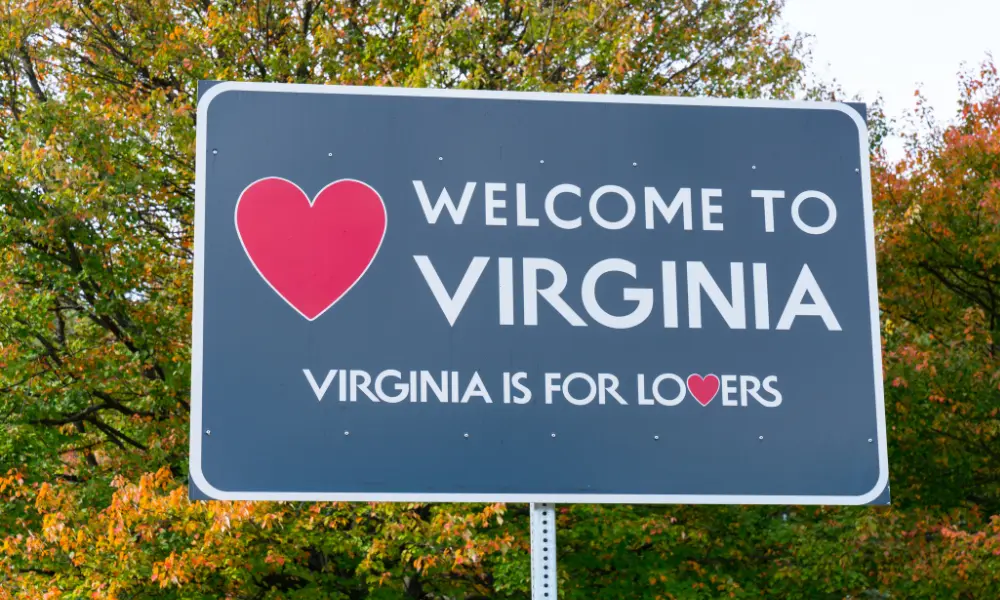You’ve probably checked your phone countless times today. But what if one of those text messages was secretly trying to steal your money? That’s exactly what’s happening with the ZipCash Lane text scam — a sophisticated scheme that’s fooling drivers across America into paying fake toll fees. Let’s unpack this scam and arm you with the knowledge to spot it a mile away.
What Is the ZipCash Lane Text Scam?
The ZipCash Lane text scam targets unsuspecting drivers with messages claiming they owe toll fees to the North Texas Tollway Authority (NTTA). These texts create a false sense of urgency, warning about “excessive late fees” and “potential legal action” if you don’t pay immediately.
Here’s what a typical scam message looks like:
“Please pay the fee of ZipCash Lane on January 3, 2025. In order to avoid excessive late fees and potential legal action on statements, please pay the fee in time. Thank you for your cooperation and wish you a pleasant holiday.”
What makes this scam particularly effective is how it mimics official communications. The messages often contain links to fake websites that look nearly identical to legitimate NTTA pages, complete with official-looking logos and color schemes.
How to Spot the ZipCash Lane Scam
These scammers are clever, but they leave telltale signs that can help you identify their tricks:
The Text Message Red Flags
- Unsolicited messages: The real NTTA never sends unsolicited payment requests via text
- Urgency tactics: Threats of legal action and late fees designed to make you act quickly
- International numbers: Many of these texts come from outside the U.S., particularly from Philippines phone numbers
- Received by non-Texas residents: Getting toll texts from Texas when you live in California? Major red flag
The Suspicious Links
When examining the URL in these messages, watch for:
- Unusual domain structures: Rather than the simple ntta.org/payment, scam sites use formats like ntta.org-pay-j7de.sbs
- Strange top-level domains: Instead of .com, .org, or .gov, look for unusual endings like .sbs or .top
- Hyphens in place of slashes: Real websites use forward slashes (/) between sections, not hyphens
The Fake Website Warning Signs
If you do click (which you shouldn’t!), watch for:
- Requests for unusual information: Asking for your driver’s license number along with credit card details
- Missing security indicators: No HTTPS lock icon or missing security certificates
- Typos and formatting issues: Professional organizations proofread their content
Why This Scam Works So Well
The ZipCash Lane scam succeeds because it triggers powerful psychological responses:
Fear of Consequences
When you receive a message threatening legal action, your brain’s fight-or-flight response kicks in. This stress reaction makes critical thinking harder and increases the likelihood you’ll comply without verification.
Familiarity with Toll Systems
Many drivers are familiar with automated toll systems but may not understand the specific payment methods. The scammers exploit this knowledge gap by referencing real terms like “ZipCash” (an actual NTTA payment system) while distorting how these systems actually work.
Professional Presentation
These aren’t the typo-filled scams of yesteryear. Today’s phishing attempts feature professionally designed websites that mimic legitimate services down to the smallest detail. A quick glance might not reveal anything suspicious.
The Scam’s Technical Infrastructure
Behind the scenes, this scam operation is surprisingly sophisticated:
Domain Registration Patterns
Scammers register new domains just days before launching campaigns, often using privacy protection services to hide their identities. These domains typically follow patterns like:
- ntta.org-pay-j7de.sbs
- ntta.org-pay-o1zg.sbs
Geographic Distribution
While targeting primarily North Texas residents, reports have emerged from California, and other regions. This suggests scammers are using automated tools to blast messages to random U.S. phone numbers.
Data Collection Methods
The fake websites collect:
- Credit card information
- Driver’s license numbers
- Vehicle details
- Personal identifying information
This data can be used not just for immediate fraud but also for identity theft and future scams.
Real vs. Fake: How NTTA Actually Communicates
Understanding how legitimate toll authorities operate is your best defense:
Legitimate NTTA Contact Methods
The real North Texas Tollway Authority only contacts customers through:
- Physical mail sent to your registered address
- Email notifications tied to TollTag accounts
- In-person services at customer service centers
ZipCash vs. TollTag Explained
| Feature | ZipCash (Pay-by-mail) | TollTag (Prepaid) |
|---|---|---|
| How it works | License plate cameras identify your vehicle | RFID tag on windshield |
| Billing method | Paper invoices sent by mail | Automated payments from linked account |
| Cost | Higher rate per toll | Discounted toll rates |
| Communication | Official mail only, never text messages | Account notifications via email |
What To Do If You Receive a ZipCash Lane Scam Text
If you get one of these messages, take these steps immediately:
Don’t Click That Link!
The most important thing is to avoid clicking any links in suspicious text messages. Even just visiting the website can expose your device to malware or tracking cookies.
Report and Delete
- Forward the message to SPAM (7726)
- Report it to the FTC’s fraud website
- Delete the message
- Block the sender
Verify Independently
If you’re concerned you might actually owe toll fees:
- Visit the official NTTA website by typing the URL directly in your browser
- Call the customer service number listed on their official website
- Never use contact information provided in the suspicious message
Protecting Yourself from Future Scams
Beyond this specific scam, here are habits that will protect you from similar threats:
Strengthen Your Digital Security
- Enable two-factor authentication on all financial accounts
- Use different passwords for different websites
- Consider a password manager to keep track of complex passwords
- Keep your phone’s operating system updated
Develop Healthy Skepticism
- Treat all unsolicited messages requesting payment with suspicion
- Remember that government agencies and legitimate businesses rarely demand immediate payment via text
- Always verify through official channels before taking action
Educate Your Family
Many scammers target vulnerable populations like the elderly or those less familiar with technology. Share what you’ve learned with:
- Older relatives who might be more trusting of official-looking messages
- Teenagers who are new to managing their own finances
- Anyone who drives on toll roads and might receive these messages
The Broader Toll Road Scam Landscape
The ZipCash Lane text scam is just one variant of toll-related fraud. Similar schemes include:
Fake E-ZPass Violations
Similar to the ZipCash scam, these messages claim you owe money for E-ZPass violations on eastern U.S. toll roads. The FBI has specifically warned about these scams.
Toll Tag Renewal Scams
These emails or texts claim your toll tag account needs renewal, directing you to fake payment portals that steal your information.
License Plate Camera Fraud
Messages claiming your license plate was photographed evading tolls, often including fake “photographic evidence” to seem legitimate.
Real Victim Stories
People across the country have fallen victim to these scams. Their experiences offer valuable lessons:
A Reddit user shared how they nearly fell for the scam until noticing the suspiciously low fee of $6.99 — far below typical toll charges. This inconsistency prompted them to investigate further.
Another victim reported replying “Y” to the message as instructed, only to receive increasingly threatening follow-up texts demanding immediate payment.
Several people clicked the link but recognized the scam when they spotted typos and unprofessional elements on the payment page. Even though they didn’t lose money, many reported anxiety about potential identity theft.
The Technology Behind Detecting These Scams
Modern technology is fighting back against these scammers:
AI-Powered Fraud Detection
Banks and credit card companies use artificial intelligence to flag unusual transaction patterns, potentially stopping payments to these scam operations.
Domain Monitoring Services
Security companies track newly registered domains that mimic legitimate organizations, working to get them taken down before they can be used in scams.
Text Message Filtering
Phone carriers are improving their ability to identify and block suspicious text messages before they reach your inbox.
Staying One Step Ahead
As scammers evolve their tactics, stay informed by:
- Following the NTTA on social media for official updates about scams targeting their customers
- Checking consumer protection websites like the FTC’s scam alerts
- Discussing suspicious messages with friends and family — often scammers blast the same message to many people
Remember, legitimate organizations will never pressure you to make immediate payments via text message. When in doubt, take a breath, step back, and verify through official channels. Your vigilance is your best protection against the ZipCash Lane text scam and similar threats.
















